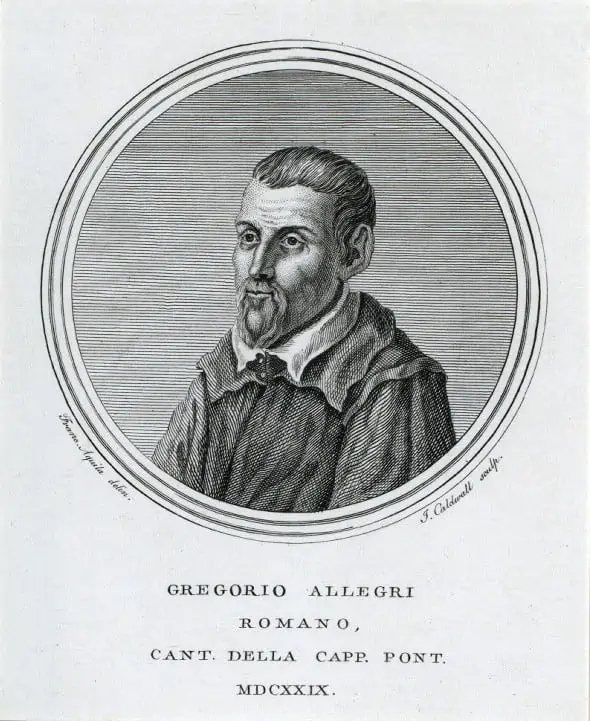Gregorio Allegri
Italian Composer
Personal Life
Gregorio Allegri was born in 1582 in Florence and later moved to Rome, where he eventually became a priest and a singer in the Vatican choir. He is best known for his composition of the motet Miserere mei, Deus, which is considered one of the greatest pieces of sacred music ever written. Allegri also wrote several other works for the Vatican choir, including the motets Laetatus sum and Jubilate Deo, as well as a number of secular cantatas.
Career
Allegri’s motet Miserere mei, Deus is a setting of Psalm 51, which is a penitential psalm that expresses remorse for sin. The work is written for five voices: two sopranos, alto, tenor, and bass. The opening section of the motet is a series of repetitions of the phrase “Miserere mei, Deus” (“Have mercy on me, O God”), which gradually become more ornate and complex. This section is followed by a more lyrical section in which the voices sing in counterpoint. The motet concludes with a return to the opening material, this time in a more expansive and triumphant manner.
Allegri’s motet Jubilate Deo is a setting of Psalm 100, which is a psalm of thanksgiving. The work is written for six voices: two sopranos, two altos, tenor, and bass. The motet begins with a joyful statement of the opening phrase of the psalm, “Jubilate Deo omnis terra” (“Shout joyfully to God, all the earth”). This is followed by a more reflective section in which the voices sing in counterpoint. The motet concludes with a return to the opening material, this time in a more triumphant manner.
Allegri’s cantata Laetatus sum is a setting of Psalm 122, which is a psalm of thanksgiving. The work is written for four voices: soprano, alto, tenor, and bass. The cantata begins with a joyful statement of the opening phrase of the psalm, “Laetatus sum in his quae dicta sunt mihi” (“I was glad when they said unto me”). This is followed by a more reflective section in which the voices sing in counterpoint. The cantata concludes with a return to the opening material, this time in a more triumphant manner.
Allegri was a master of counterpoint, and his works are characterised by their beautiful vocal lines and complex harmonies. His music was highly esteemed by his contemporaries, and he is considered to be one of the greatest composers of the Baroque era.

Did You Know?
The original score of Miserere, a supposedly unique copy, was kept secret under seal. Originally, the artists of the Sistine Chapel were supposed to improvise a little bit, according to the rules in force in liturgical music. The secrecy that surrounded this work as well as its beauty soon made it legendary throughout Europe. No one could play it outside the Vatican, because the score was not accessible. It was without counting on the young Mozart (1756-1791) who, at the age of 14, went to the right period with his father in the Vatican and was able to transcribe the work the same evening, after a single listening! Of course, he was accused of having stolen the score, because it seemed irrational that a child could achieve such a feat. The original has unfortunately been lost, but with the help of other transcriptions, such as that of Félix Mendelssohn (who also testified to the extraordinary effect that this music had on him), we have fortunately been able to reconstruct the work. almost entirely. Do you need to rest, gather, find inspiration? So give in to the magic of Miserere d’Allegri…

Gregorio Allegri Recordings
Quick Guide...
Music Lessons


